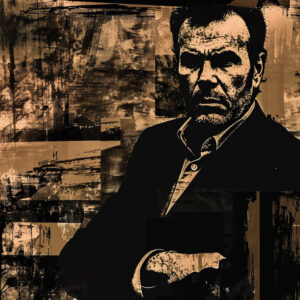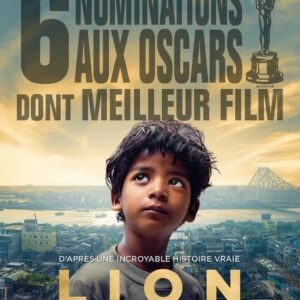A story based on a true story lived by three activists of the leftist Tupamaros movement, it tells a chant of steadfastness in the face of military dictatorship. The movie is a fictional work of Uruguayan director (Alvaro Brechner), which makes it a distinguished, unique and appreciated movie, the style of its director, whose subject matter, which is not entirely new, makes it particularly attractive and impactful. What is meant by the cinematic style in the Twelve-Year Night is: (the context of the narration, that is, the way of building the scenario, and the style of directing) (the use of the basic elements of cinema: photography, montage, music, decoration…etc) to express the basic ideas of the subject: the idea of breaking the will of the prisoner and pushing him to Insanity and treating him as a (rat) which is subject to a field of experiments.
“We will not kill you, but we will drive you crazy from now on, you are no longer prisoners, but captives, we do with you what we want,” says the officer responsible for arresting the three heroes – with the aim of humiliating and reminding them that they have lost the war. The transfer of prisoners from prison to prison required 12 years. The director of the film dealt with the issue from another angle, placing mind before force, determination before oppression, and the deep interior that no force on earth can penetrate, that is, inside the human being and what it contains of thoughts, dreams, desires and wishes, before a barbaric desire to break the man and turn him into an animal without memory or history, so that his entire thinking becomes focused on the difficult tormenting extended present, which they tell him it will also be the future, that is, without the slightest hope of survival.
How can a person conquer the fate imposed on him by his enemy? How can the past, and personal history, support the present and push its owner to persevere and cling to hope, no matter how small, until the day dawns? The camera moves from close shots of bodies and faces; pupils of eyes, trembling hands, atrophy of bodies, to soft distant shots with music that comes sometimes from the radio or from memory and imagination over imagined scenes in the middle of nature, to that wonderful song by the end with the exit to freedom. The director says that his film is not about the detainee, but rather about “the miracle of being human,” and he succeeded in that!



